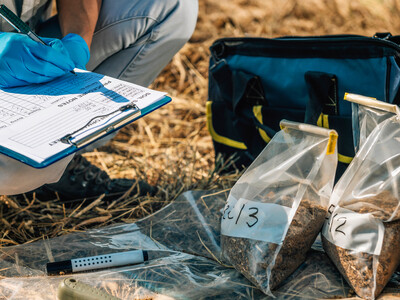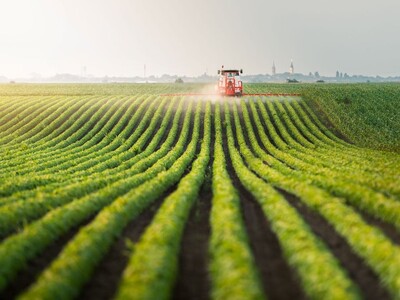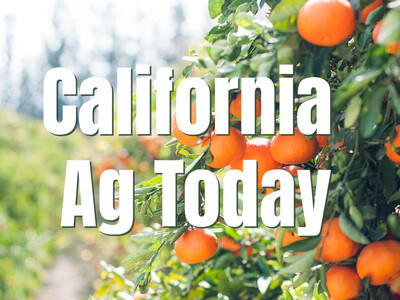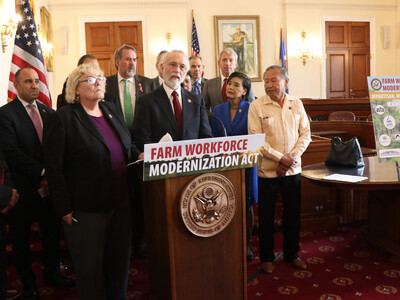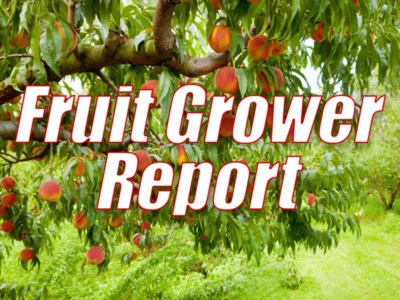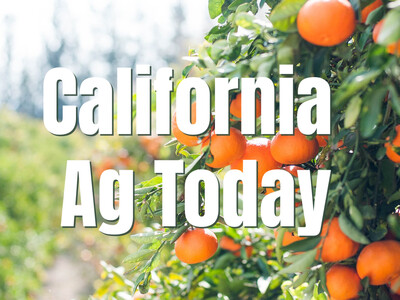CRP
First incorporated into a farm bill in 1985, the conservation title is what some would consider the original Green New Deal. Its voluntary conservation initiatives give farmers and ranchers flexibility to adopt practices in a market-based approach.Farmers and ranchers are already good stewards of water and land, but the 2018 farm bill, the Agriculture Improvement Act of 2018, provided expanded conservation programs that could increase conservation initiatives. The goal is to improve water quality and wildlife habitats and populations, protecting natural resources and providing many other benefits. The conservation title of the 2018 farm bill spends $60 billion of the $867 billion of mandatory funding required for conservation programs over 10 years, equal to 7% of the bill’s total projected mandatory spending in that timeframe.
The three main programs that make up the conservation title cover working lands and land retirement. The two largest working lands programs are the Environmental Quality Incentive Program and the Conservation Stewardship Program, with a combined dedicated $25 billion over 10 years. Funding for CSP was shifted away from an acreage limitation to limits based on funding. EQIP was expanded and reauthorized with increased funding levels. The largest land retirement program and the focus of the article is the Conservation Reserve Program, with outlays close to $2 billion per fiscal year.
Land Retirement Programs
Land retirement programs pay agricultural landowners for temporary changes in land use or management to achieve environmental benefits. CRP provides financial compensation to landowners who voluntarily enroll highly erodible and environmentally sensitive lands. The compensation comes via a cash rental rate based on the relative productivity of soils within each county and the average cash rent of the county, as determined by the National Agricultural Statistics Service. With that, more productive ground remains in agricultural production, while resource-conserving and wildlife habitat preservation practices are installed on marginal acres. In addition to CRP, there are four other land retirement programs in which CRP acres can be enrolled including the Conservation Reserve Enhancement Program, Farmable Wetlands Program, CLEAR30 and Soil Health Income Protection Program (a pilot program).
The 2018 farm bill called for incremental increases of enrollment limits in CRP, growing from 24 million acres in fiscal year 2019 to 27 million by fiscal year 2023. For fiscal year 2019, CRP enrollment was capped at 24 million acres; 24.5 million acres in fiscal year 2020; 25 million acres in fiscal year 2021; 25.5 million acres in the fiscal year 2022; and 27 million acres in the fiscal year 2023.
While the enrollment limits are increasing, actual acreage enrolled has gone in the opposite direction; enrollment for 2021 sits at 20.8 million acres, a little more than 4 million acres below the 25-million-acre cap. In fact, the total number of acres enrolled in CRP has declined every year since the fiscal year 2007, although that decline has slowed in recent years.






